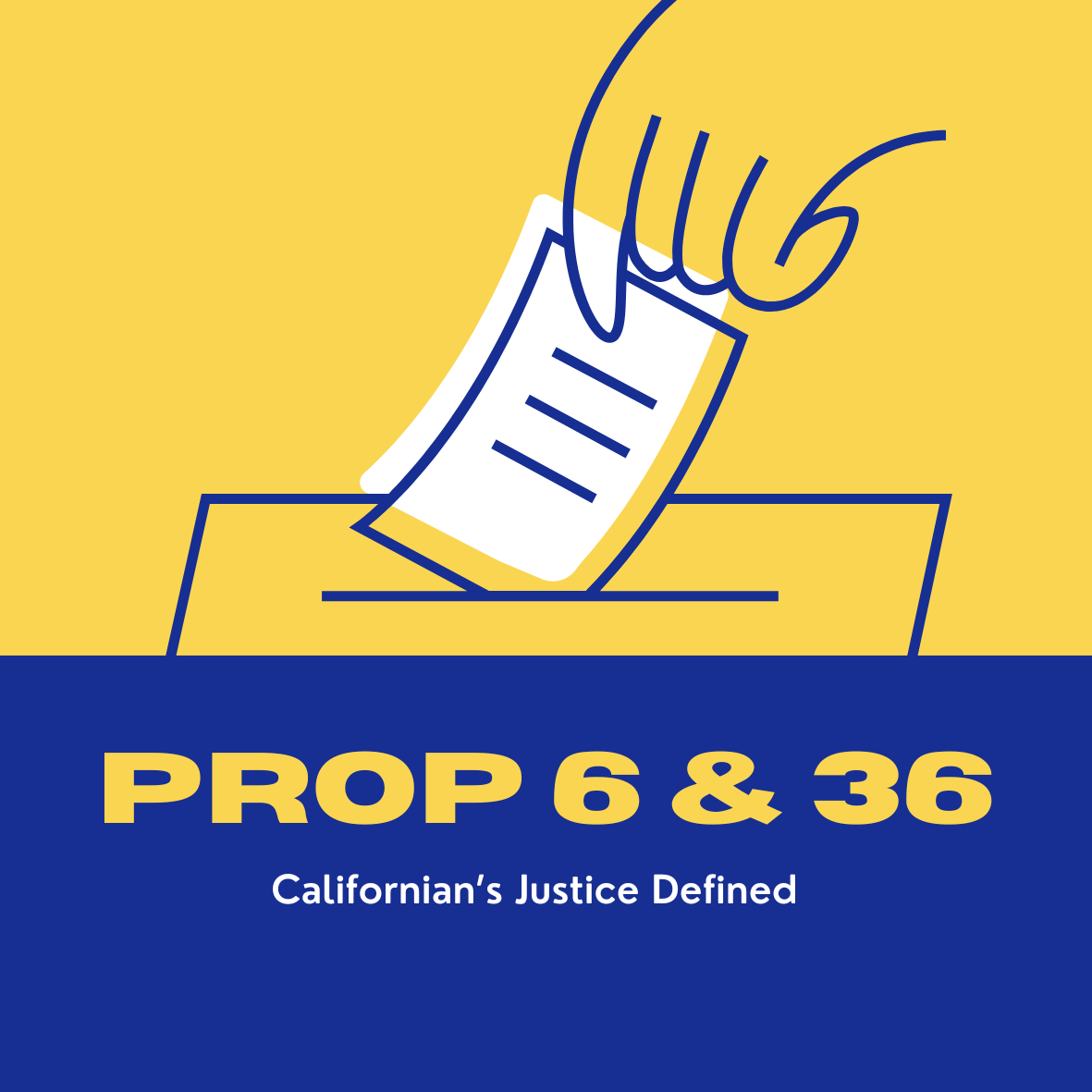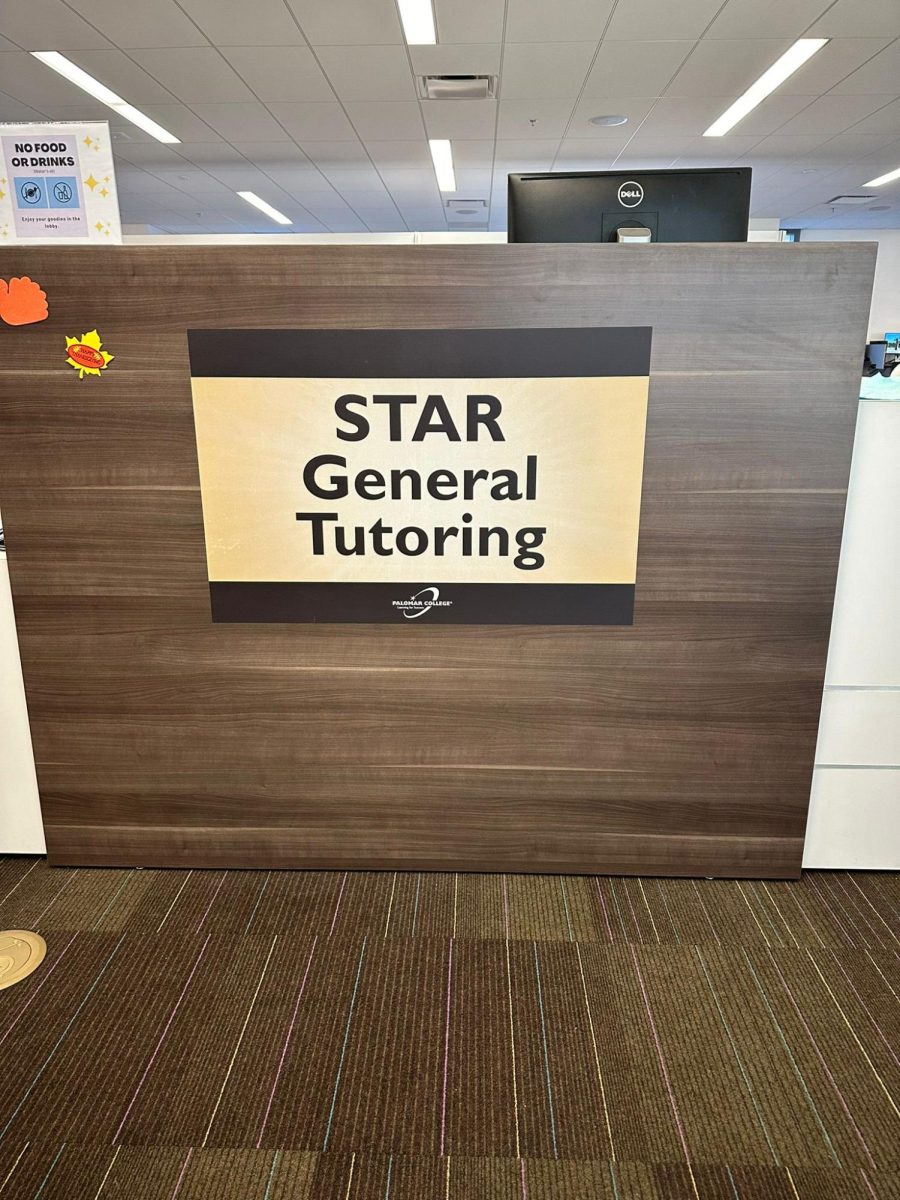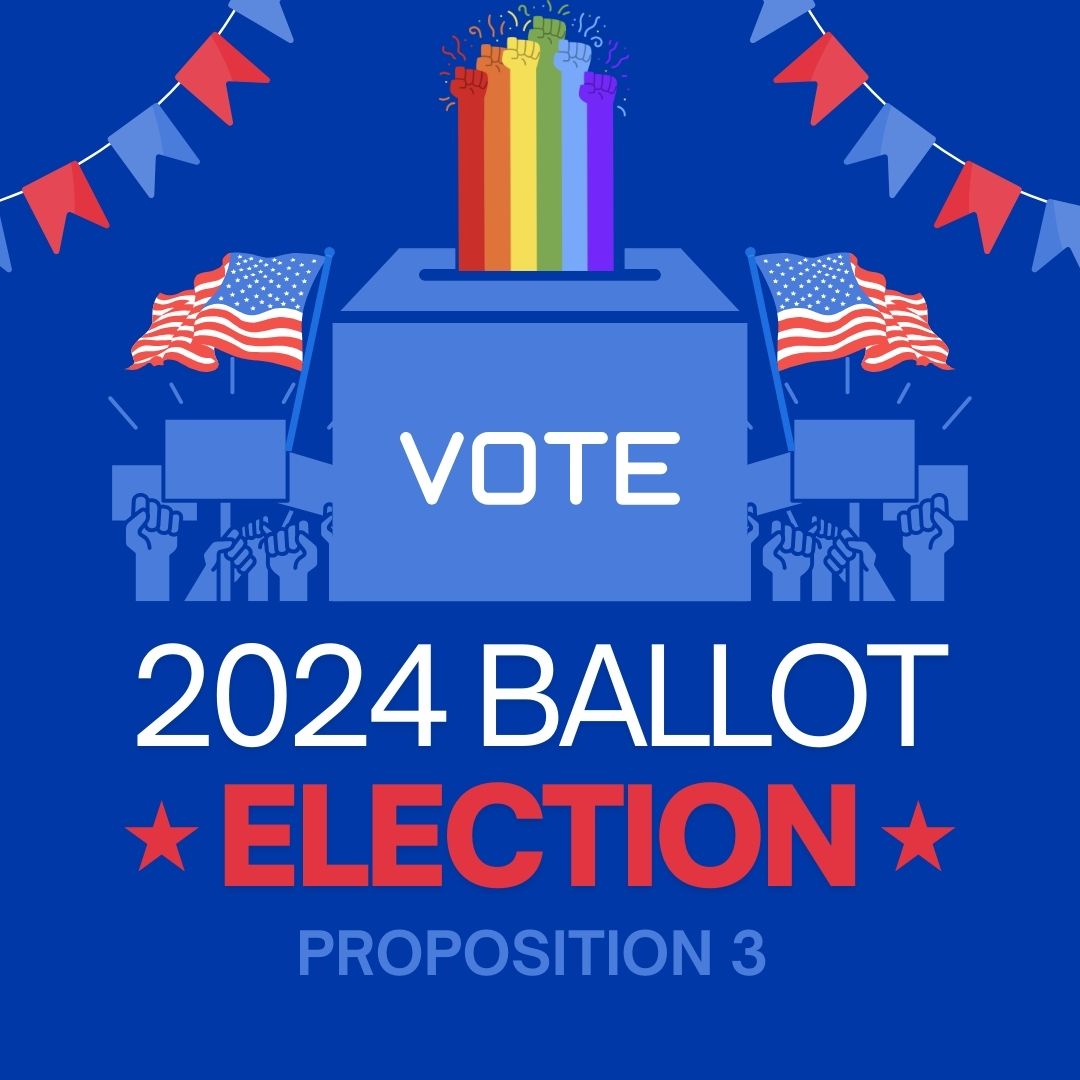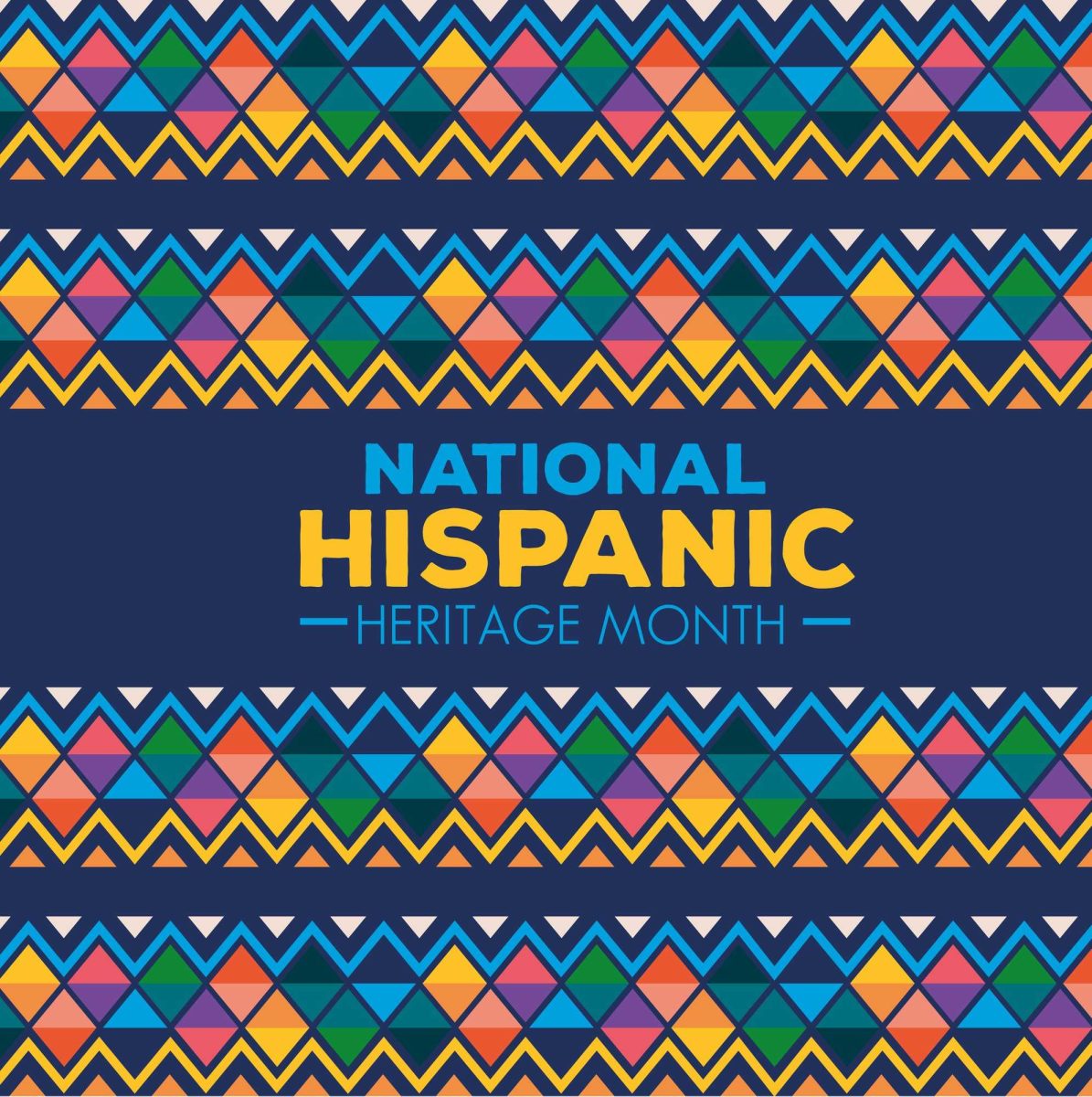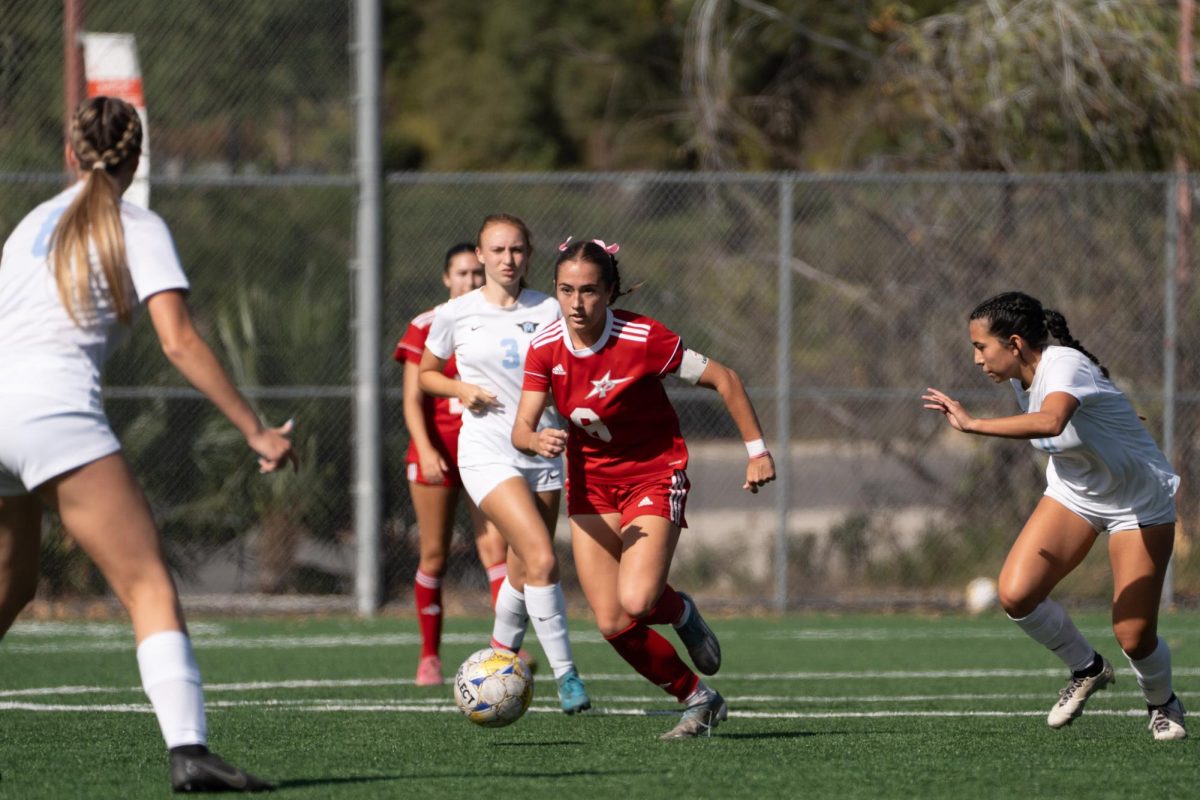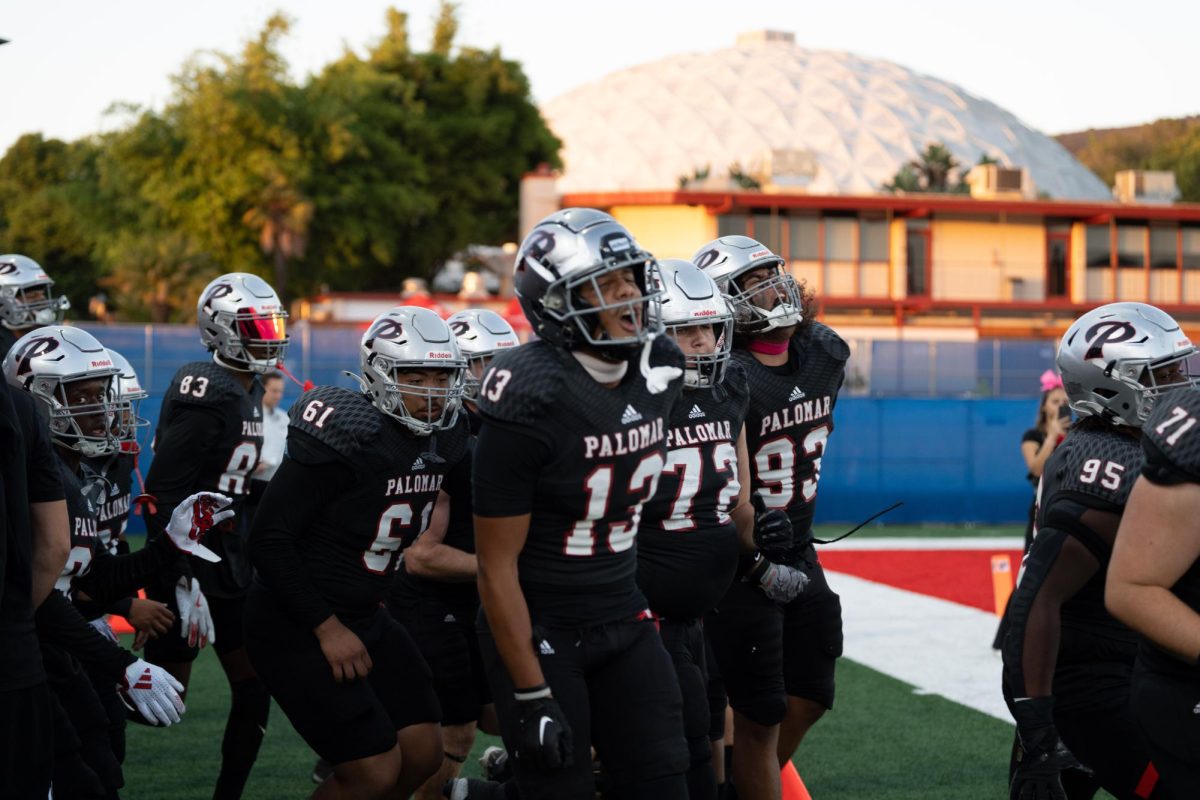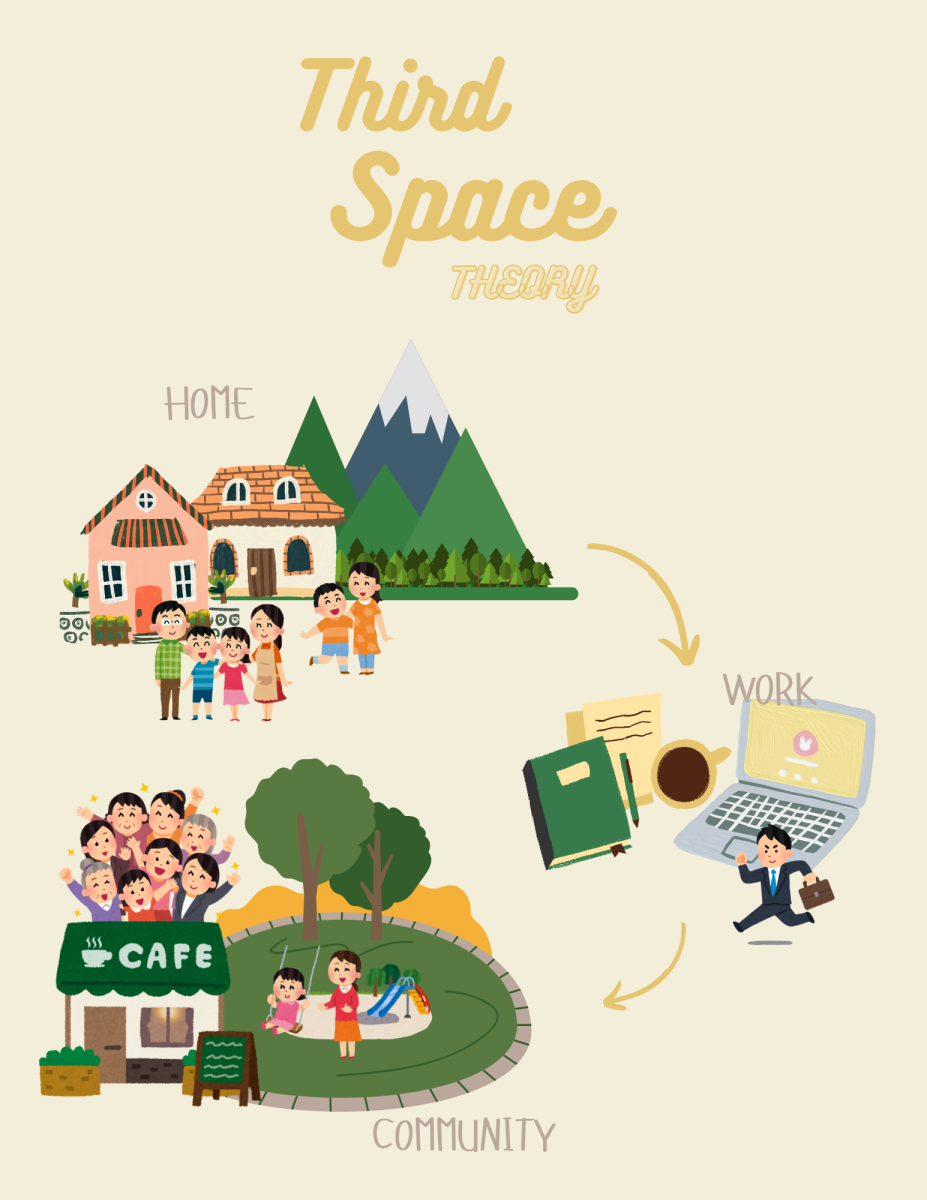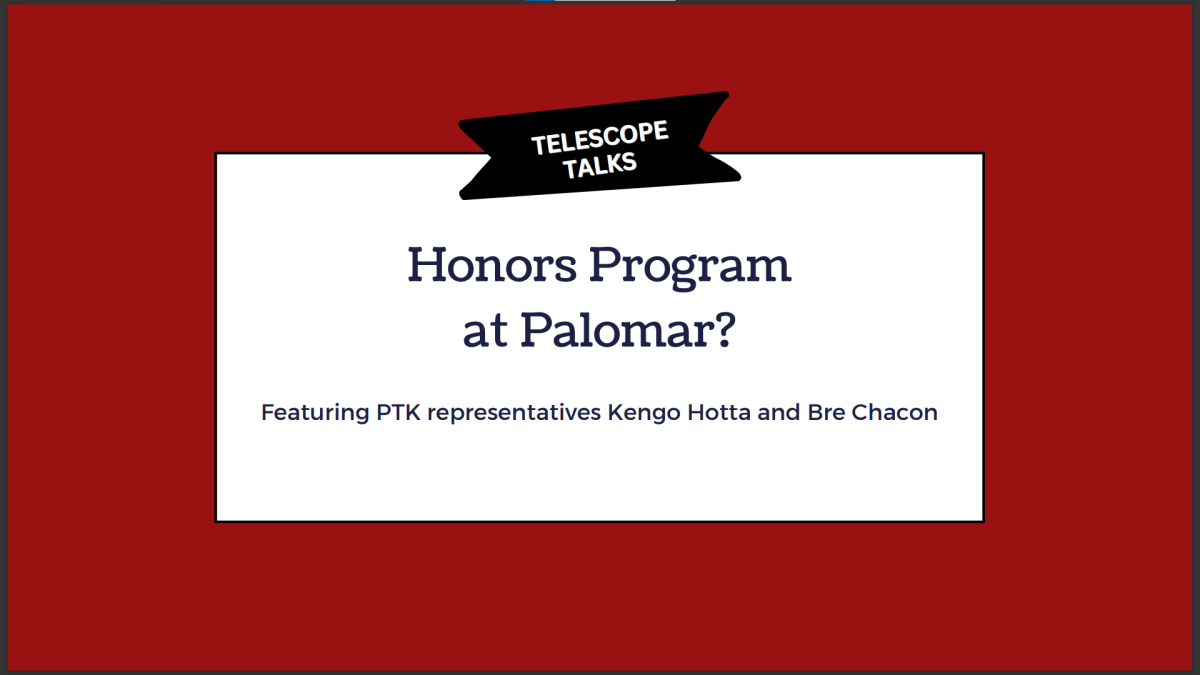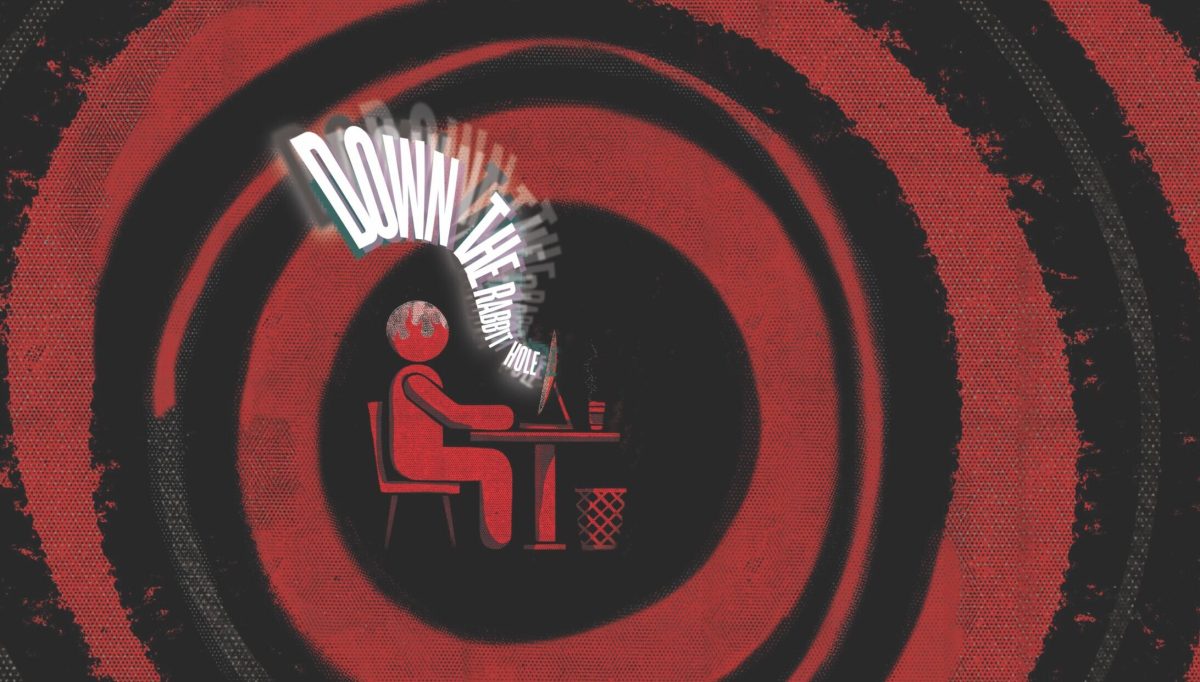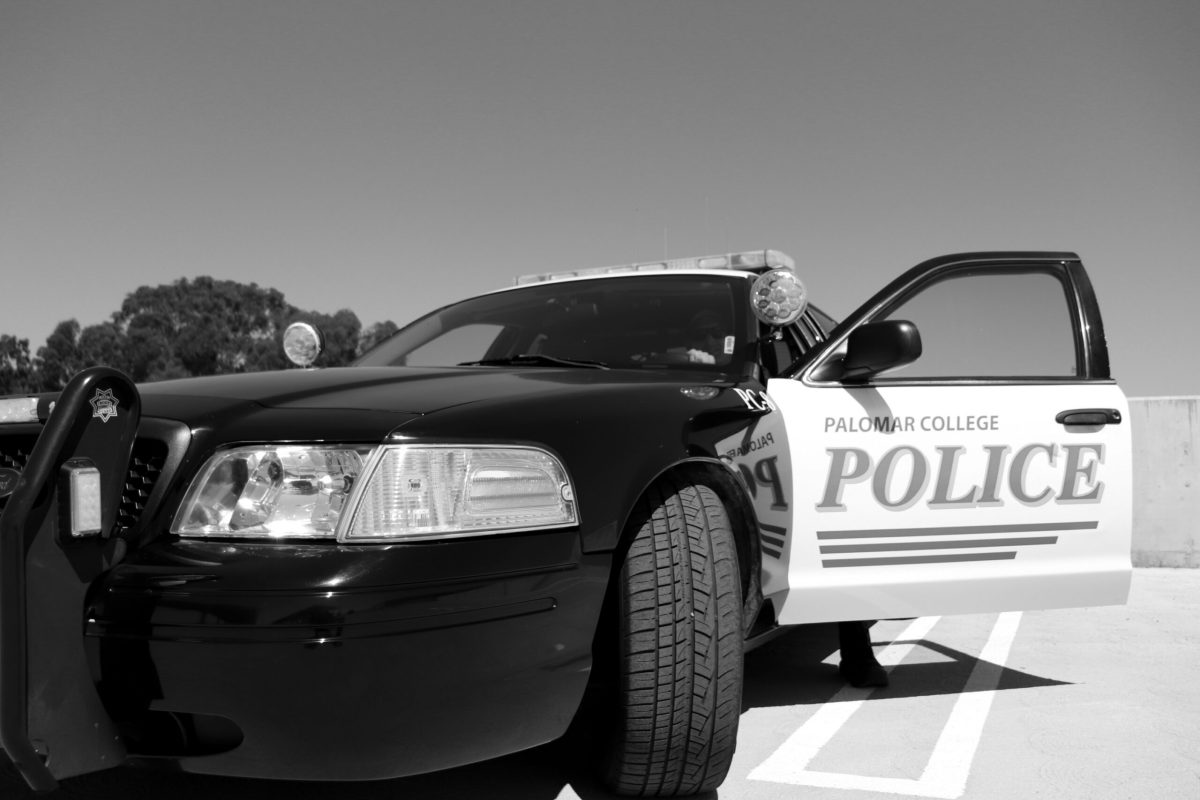
MCT campus and Telescope Staff
It’s the middle of summer and while many other students are hanging out at the beach or preoccupied with jobs, Elizabeth Rodriguez is emailing instructors for information about the books she will need as a junior this fall at California State University, Dominguez Hills.
Her method is to find the books early and cheaply through online sites such as Amazon.com and Ebay rather than paying full price for texts that can cost upward of $300 at the school bookstore.
Leon Smith, an undeclared major who’s attended Palomar College part-time for 15 years, must pay for his own textbooks as well as his daughter’s, also a Palomar student.
“And we don’t receive any financial aid because we make too much money,” Smith said.
The strategy is much simpler for Cal State, San Marcos, senior Jeffrey “J.J.” Gutowski. He’s stopped buying books altogether, unless he is convinced he needs them to pass a course, and then he will share a classmate’s text or rent one online.
Such pushbacks to the soaring costs of textbooks have not gone unnoticed by officials at California State University, which began a new effort recently to offer more affordable options such as digital textbooks, rentals, buy-back programs and, most significantly, incentives for faculty to redesign courses to use low-cost or no-cost alternatives to textbooks.
The 23-campus Cal State system is also leading a joint endeavor with the University of California and community colleges to develop an online library of free textbooks in 50 popular courses.
As colleges look to reduce the overall cost of education, many are centering efforts on course materials, which, according to Cal State officials, sets an average student back more than $1,000 annually.
That’s an 18 percent addition to an undergraduate’s annual $5,472 tuition. According to the UC website, students pay about $1,500 for textbooks and supplies, adding about 11 percent to the $13,200 in overall tuition and fees. And at California community colleges, many students can pay more for textbooks than for course fees, officials said.
A national student survey released in January by the U.S. Public Interest Research Group Foundation found that 65 percent of respondents said they didn’t purchase a textbook because it was too expensive – even though most feared that their grades would suffer.
Jaileen Mae Peter, an 18-year-old midwife nursing and international business major at Palomar, rents her textbooks on websites like Chegg.com and Barnes & Noble. But she has had to resort to extreme measures at times in order to afford her textbooks.
“I have to sell cans in order to get my textbooks because it’s too expensive,” Peter said.
Making course materials more affordable has become key to increasing student success, said Gerry Hanley, Cal State’s assistant vice chancellor for academic technology services.
“My goal is to cut costs by 50 percent for all students,” said Hanley, who oversees the initiative that helps faculty find low-cost teaching materials. “My real desire is to make material free for everyone, but I recognize that the creation of content and publication is real work.”
Students saved an estimated $30 million total in 2013-2014 in Cal State bookstores by using digital textbooks, renting print copies, buying used ones and using other sources, Hanley said.
Bay Smith, a 29-year-old business management major from Palomar, photocopies his textbooks at the school library, and has stopped buying his textbooks altogether, choosing to use alternative methods like sharing with his classmates.
“I didn’t see the value of buying the book if I could find a cheaper, alternative source,” Smith said.
A student looking for the intermediate accounting textbook at the Dominguez Hills bookstore, for example, would find a new copy for $318.75 and a used one for $239.25.
Renting a new copy would cost $191.25 and a used copy $153, while a digital version of the text costs $59.49. Last spring, about 50,000 digital textbook titles were available to Cal State students and faculty system wide.
More than 200 of the campus’ 750-member faculty have revised their courses to offer low-cost or no-cost alternatives to costly textbooks. For M. Keith Claybrook Jr., a lecturer in Africana studies, that means using scanned articles, drawing chapters from full textbooks to create customized readers and using e-books available for free through the campus library. Material for an introduction hip hop class taught in the spring retailed for $95.74 but students got them free.
“My role as an educator is to make sure (students) have the tools and resources needed to maximize learning,” Claybrook said. “I don’t want to penalize my students who have financial hardships or limitations that prevent them from getting course materials; I’m not here to make the bookstore or publishing company rich.”
Telescope Staff Christopher Bullock and Emily Rodriguez contributed to this report


